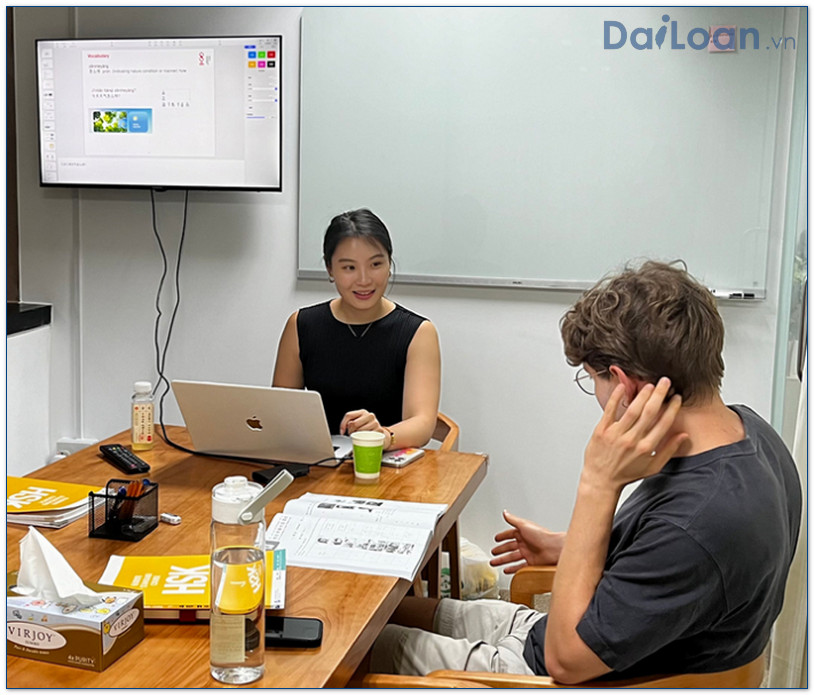Introduction
The Chinese phrase 時有所聞 (shí yǒu suǒ wén) carries rich implications in both language and culture. As language learners and enthusiasts, unlocking the meaning and grammatical structure of this phrase can greatly enhance our understanding of Chinese expressions and their applications in everyday conversations. In this article, we will delve into the meaning of 時有所聞, examine its grammatical structure, and provide practical example sentences to illustrate its use.
carries rich implications in both language and culture. As language learners and enthusiasts, unlocking the meaning and grammatical structure of this phrase can greatly enhance our understanding of Chinese expressions and their applications in everyday conversations. In this article, we will delve into the meaning of 時有所聞, examine its grammatical structure, and provide practical example sentences to illustrate its use.
What does 時有所聞 (shí yǒu suǒ wén) mean?
The literal translation of 時有所聞 is “there are times (when) something is heard.” It conveys a sense of awareness or recognition of something that one hears occasionally. Typically, it reflects situations where certain news, events, or information is shared among people, suggesting that it may not always be universally known but is certainly known by some.
Grammatical Structure of 時有所聞
To better grasp the construct of 時有所聞 (shí yǒu suǒ wén) , let’s break it down into its components:
, let’s break it down into its components:
Component Breakdown
- 時 (shí) – Time: Refers to occasions or periods.
- 有 (yǒu) – To have/exists: Indicates presence or existence.
- 所 (suǒ) – Place or reason: Used to form a noun phrase in conjunction with subsequent verbs.
- wén (聞) – To hear: Relates to hearing or known information.
Functionality in Sentences
In a broader grammatical sense, 時有所聞 functions as a subject or a part of a predicate within a sentence, often relating to informal conversations, historical references, or reports.
Example Sentences Using 時有所聞
Understanding the practical use of 時有所聞 can cement its meaning in context. Here are a few example sentences to consider:
Example 1
最近在社交媒體上,時有所聞有關這位明星的新戲的信息。
(Recently, there have been occasional reports about this celebrity’s new drama on social media.)
Example 2
雖然在地區內時有所聞發生的事故,但官方並沒有證實。
(Although there have been rumors about the accident occurring in the area, the authorities have not confirmed it.)
Example 3
在會議上,時有所聞的重要議題被提及,我們需要進一步討論。
(At the meeting, important topics that are sometimes mentioned were brought up, and we need to discuss them further.)
Conclusion
In summary, the phrase 時有所聞 (shí yǒu suǒ wén) is an essential part of the Chinese language that encapsulates the essence of communication about news and events that may not be widely recognized but are known to some. By understanding its meaning, grammatical structure, and practical examples, learners can appreciate the nuances of the Chinese language and improve their conversational skills. As you continue your journey in learning Chinese, phrases like these will undoubtedly enrich your vocabulary and comprehension.

Sứ mệnh của Chuyên là giúp đỡ và truyền cảm hứng cho các bạn trẻ Việt Nam sang Đài Loan học tập, sinh sống và làm việc. Là cầu nối để lan tỏa giá trị tinh hoa nguồn nhân lực Việt Nam đến với Đài Loan và trên toàn cầu.
CÓ THỂ BẠN QUAN TÂM
Du học Đài Loan
Lao Động Đài Loan
Việc Làm Đài Loan
Đơn Hàng Đài Loan
Visa Đài Loan
Du Lịch Đài Loan
Tiếng Đài Loan
KẾT NỐI VỚI CHUYÊN
Zalo: https://zalo.me/0936126566
Website: www.dailoan.vn




